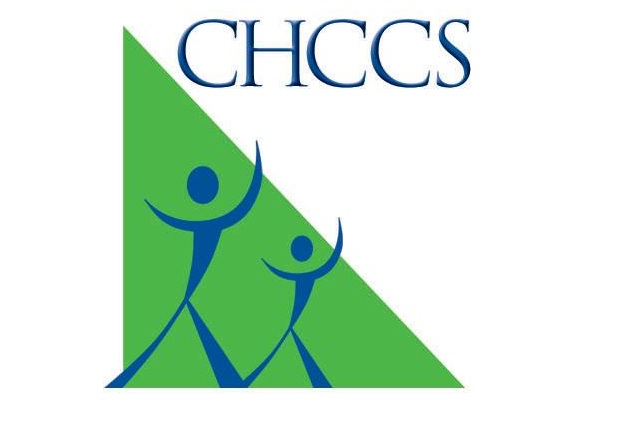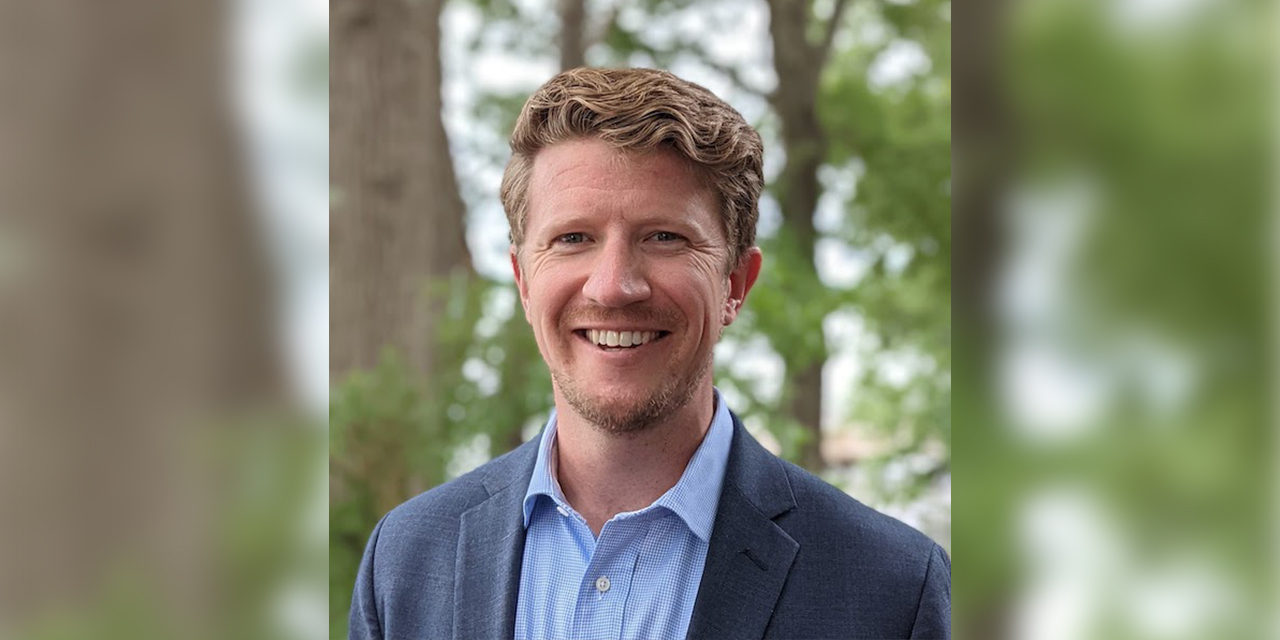Chapel Hill-Carrboro City Schools recently received results to this year’s Youth Risk Behavior Survey, a national school-based survey developed by the Centers for Disease Control to monitor health risk behaviors that contribute to death, disability and social problems among our nation’s youth.
Healthful Living & Athletics director for the district Scarlett Steinert presented the 180-page report to the school board.
“Every odd year, Chapel Hill- Carrboro middle and high schoolers participate in this anonymous survey,” said Steinert. “Topics include violence, personal safety, physical activity, nutrition, mental health, tobacco, drugs and alcohol, protective factors and sexual behavior questions.”
This year’s survey participants included 529 high school students and 410 middle school students, who were randomly selected.
“In our 2017 survey, high school students report a decrease in being bullied at school from 18 down to 11 percent and middle schoolers have witnessed less bullying going on at school,” Steinert said.
The survey also shows high school students who say they text or email while driving is up from 17 to 21 percent while middle school students who report riding as passengers without seat belts is up from 22 to 32 percent.
Additionally, the percents of high school students who reported consuming alcohol, binge drinking, using marijuana or using tobacco in the past 30 days are all down from previous years. Reported alcohol, marijuana and tobacco use in the past 30 days has seen a 2 to 3 percent increase among middle school students.
Board member Mary Ann Wolf expressed concern over the data that the percentage of high school students who think teachers don’t care about them or give encouragement is up from 42 to 47 percent. “We know that if a child knows that one adult really does care about them in a school, that can make all the difference for graduation, for issues related to the achievement gap and all of those things,” Wolf said.
Wolf said she appreciates the data and would love to use the data as a way to have hard conversations about how to address challenges with proven solutions.
Steinert says the results of this survey will be used to establish health goals and educational opportunities for all teenagers and will be shared with administrators, counselors, school social workers, parents and teachers.
“It is also shared with people beyond the district like Health Department Community Coalition, Healthy Carolinians, Orange County Health Department, Orange County Collaborative, as well as the ABC Board,” said Steinert.
Two ways to address the data mentioned in the survey are School Improvement Team discussions and restorative practices in the classroom.
To see the full report, visit the city school’s website.







Comments on Chapelboro are moderated according to our Community Guidelines